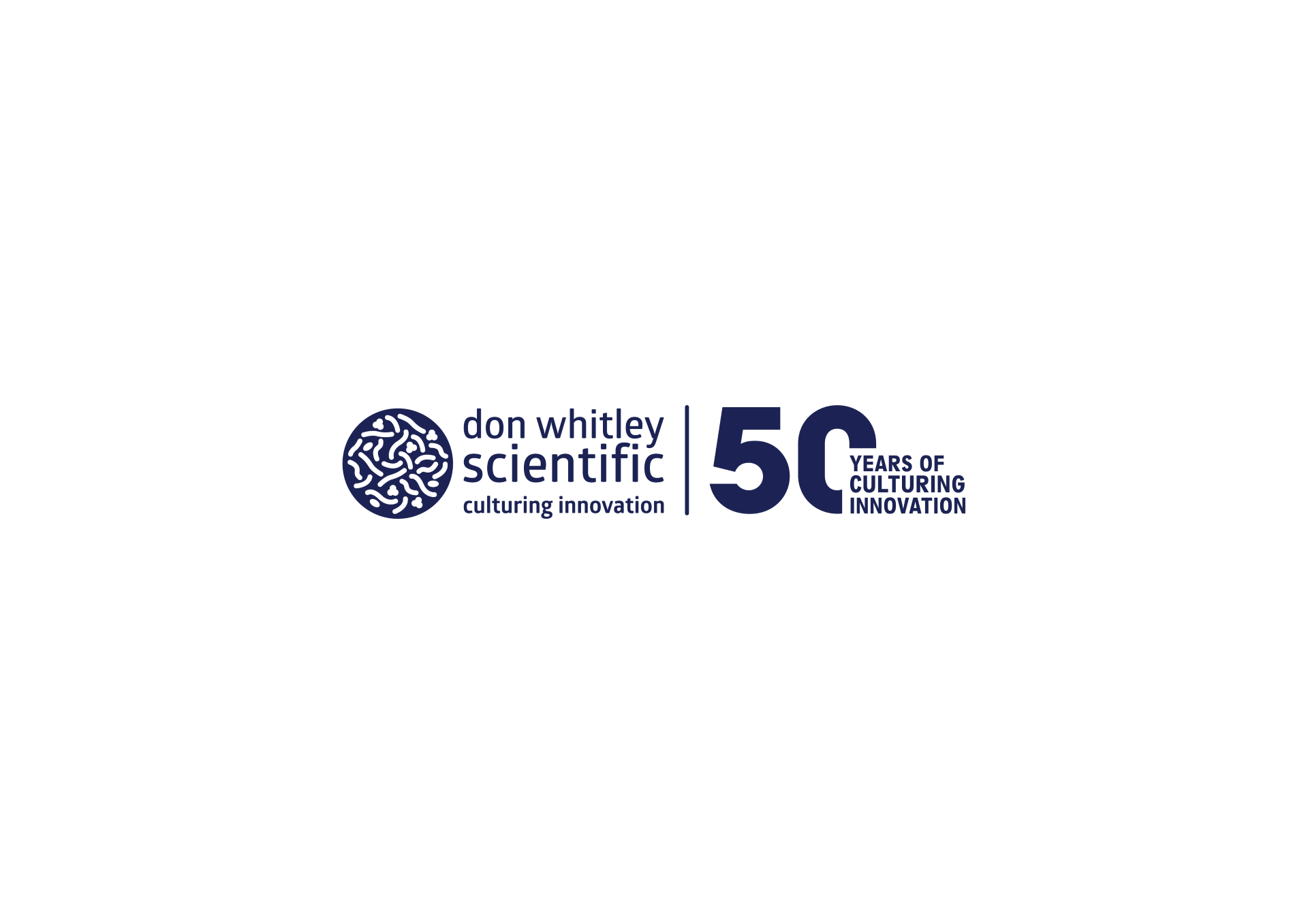
Being arguably the most important organ in the human body, research into the brain is ever-growing. The World Federation of Neurology hold an annual day dedicated to improving the quality of neurology and brain health [1]. Research into brain injury is incredibly important, with one of the causes of such injury being hypoxia [2]. This is because brain cells have a high sensitivity to oxygen, so when cerebral hypoxia occurs, the cells die within minutes causing severe brain damage [2]. Less severe damage is also observed in tissues surrounding the hypoxic region [2].
Neuronal connections are vital for our survival and their function depends on the performance of astrocytes [2]. Astrocytes are a type of glial cell located in the central nervous system [2]. A lack of oxygen to astrocytes is a major issue as it restricts the amount of adenosine trisphosphate (ATP) produced, ultimately causing permanent cell damage [2]. Along with hypoxia, alcohol and carbon monoxide poisoning are also responsible for astrocyte damage [2]. During hypoxia, astrocytes elicit several responses to halt damage or repair the existing damage [2]. They do this by releasing growth factors, for example, vascular endothelial growth factor (VEGF), and cytokines to promote growth of remaining healthy neurons in the damaged areas [2].
It has been proposed that Dicer could be a target in treating cerebral hypoxia as it facilitates astrocyte apoptosis [2]. Dicer is an RNase III ribonuclease that cleaves double stranded RNA sequences into nucleotide sequences ranging from 21 to 24 nucleotides [2]. These act as “interfering RNA”, which regulate gene expression [2]. Dicer is crucial for some processes – including microRNA (miRNA) maturation [2]. For example, in this process, mature miRNAs are produced when Dicer cleaves a loop from pre-miRNA, so if Dicer was absent then maturation would cease to occur [2]. Faults with Dicer causes a subsequent number of effects on cells; including the proliferation, migration, and invasion of tumour cells – they even have a role in age-related macular degeneration, which causes blindness [2]. Since Dicer dysregulation is detected in many cancers, research is likely to continue to emerge in the future [2]. Research often includes the use of human cell lines, for example, Kang et al (2020) used a T98G human glioblastoma cell line and the Whitley H35 Hypoxystation to create ideal hypoxic conditions [2].
Research into the effects of hypoxia has also been carried out on neural stem cells (NSC) [3]. Like the paper by Kang et al (2020), 1% oxygen is often used to mimic hypoxic conditions [3]. Cold inducible RNA-binding protein (CIRBP) also has a major influence on cells in hypoxic conditions [3]. When cells are exposed to extreme conditions, they induce expression of CIRBP genes – these extreme conditions include moderate hypothermia, UV exposure and hypoxia [3]. To study the effect of hypoxia on NSCs growth, the number of cells present during each stage of the cell cycle are recorded [3]. During exposure to 1% oxygen, the number of NSCs present during the S phase of the cell cycle are reduced compared to normoxic conditions so it can be concluded that hypoxic conditions inhibit growth of NSCs [3]. CIRBP stabilises Cyclin D1, which encourages cell cycle progression, so when exposed to hypoxic conditions, CIRBP expression by NSCs is decreased [3].
In summary, it is clear that hypoxia can severely damage brain cells, including astrocytes and NSCs, so research in the field of cerebral hypoxia may aid the development of appropriate therapies to ameliorate such damage [2] [3].
References:
- About Us [Internet]. Wfneurology.org. 2021 [cited 20 July 2021]. Available from: https://wfneurology.org/about-us
- Kang Y, Kim Y, Park J, Chu G, Yang Y, Choi B et al. Hypoxia‐induced apoptosis of astrocytes is mediated by reduction of Dicer and activation of caspase‐1. Cell Biology International. 2020;44(6):1394-1404.
- Zhang Q, Wang Y, Zhang W, Chen X, Wang J, Chen J et al. Involvement of Cold Inducible RNA-Binding Protein in Severe Hypoxia-Induced Growth Arrest of Neural Stem Cells In Vitro. Molecular Neurobiology. 2016;54(3):2143-2153.


 au
au

 xEnglish
xEnglish